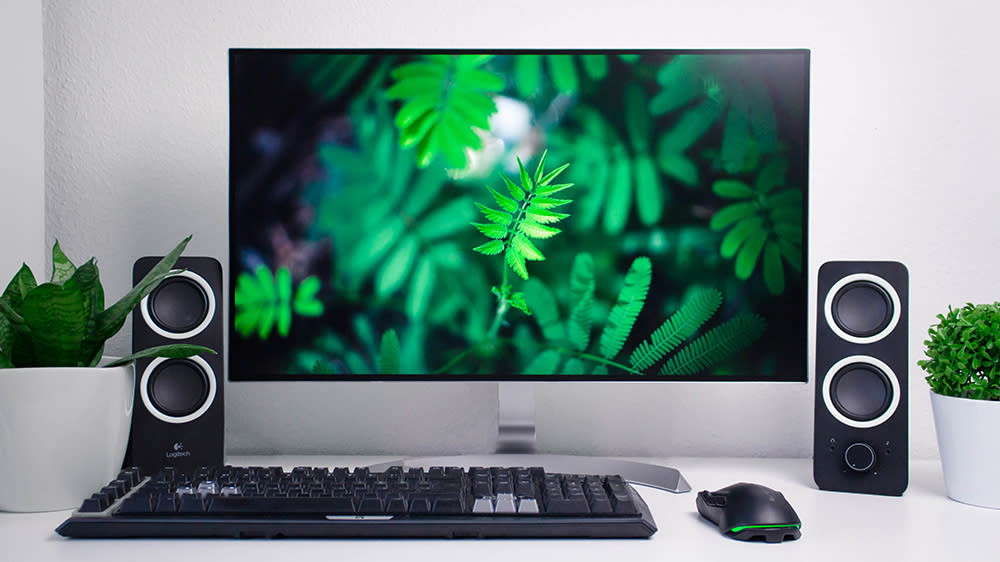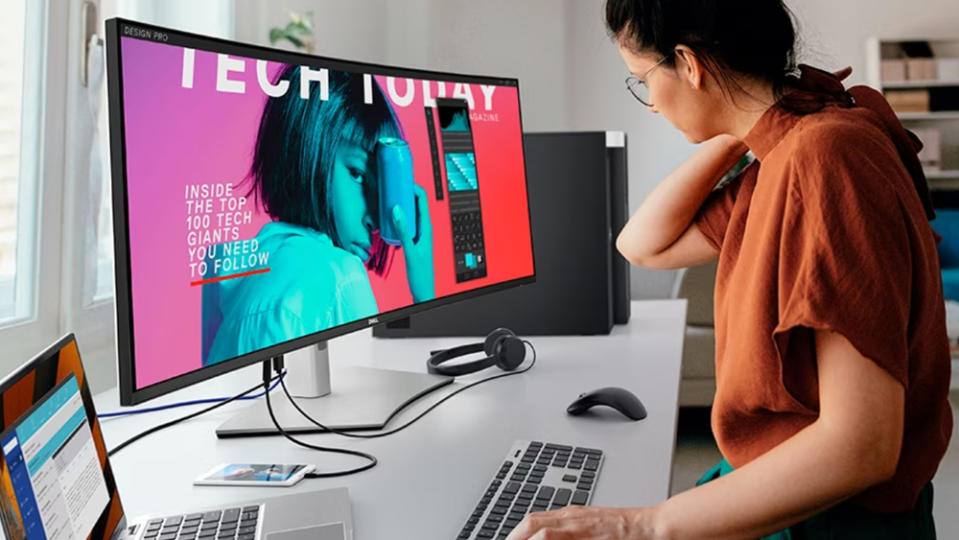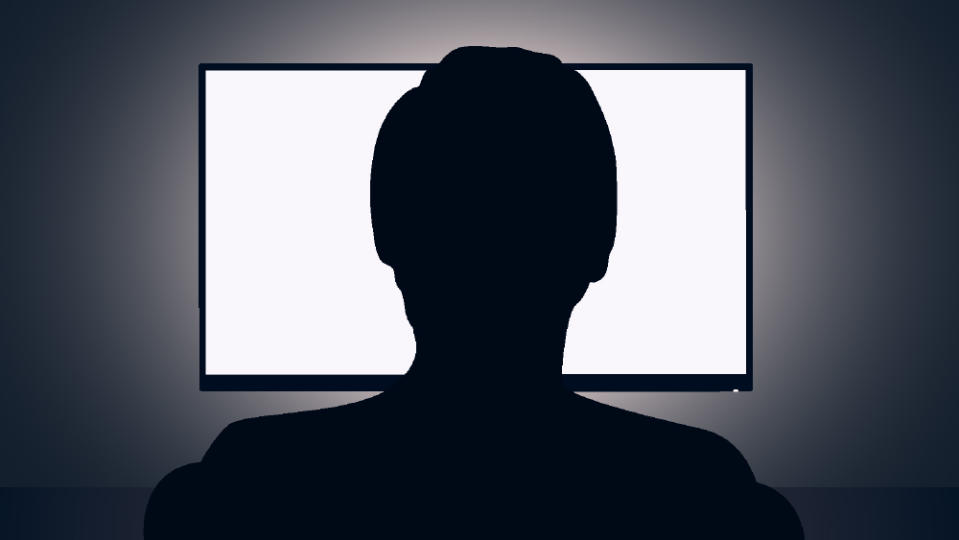9 pro tips for creatives working from home

Creatives working from home enjoy several benefits, not least flexible hours and saving money on the commute. But it also has its challenges. For one, you have to create your own working set up, and this takes some time and thought.
It's easy to sit down on the nearest chair, plonk a laptop on the dining table and crack on with work, but that probably isn't going to be comfortable in the long run, and your work may suffer too. To make sure you don't strain your back, check out our guide to the best office chairs for back pain. Below, the art director and designer Tina Touli offers nine pro tips to consider when honing your home work set up, from your surroundings to your screen.
01. Manage screen brightness
Work in intervals on maximum brightness so that you can get the best out of your colours without damaging your eyes. I also find it helpful, especially before delivery, to check my graphics with lower brightness in order to replicate how a user would see them on their mobile (rarely do people have them on full brightness).
02. Keep organised
Keep your set up as portable as possible with super-organised files. I tend to spend a good amount of time over the year travelling around and it's lovely to be able to do so just grabbing my laptop to go! Work from everywhere without any technical difficulties by keeping mobile hard drives nice and organised so you can work on your files without taking over your memory!
03. Invest in a good screen

Your laptop is your friend for when you are out and about, but a great screen will pay dividends when it comes to working in your studio. I recommend a Dell UltraSharp; the colours are so accurate I have barely touched the default settings.
04. Don’t be afraid of contrast
Don’t be afraid of contrast – Full black or white can be daunting, but be brave! I love high contrast, even B&W, but colours are my favourite. Vivid bright colours.
05. Light up your room (and your screen)

With bias lighting behind your screen and some clever atmospheric lighting in the room, you can create some separation between work and leisure. I always work in a bright room, never in a dark environment, this keeps me feeling light and airy, even when I am super busy and it also reduces the strain on my eyes (bias lighting also has the benefit of reducing eye strain).
06. Keep your environment neutral
Keeping your environment neutral can bring out the colour in your work. I tend to keep the studio space more neutral in terms of colour (of course there are little pops of colour around) and even my desktop wallpaper is just a solid grey colour. I feel like it helps me better shape/check the colour palette of every project I am working on.
07. Listen to music
What pleases the ear, pleases the brain. Science says 60-70 bpm playlists are best to maximise concentration but I love everything from rock music to house. The music I choose depends on my mood, the project I am working on, even the time of the day, but music for working is definitely key.
08. Print your work
Screens like a Dell UltraSharp allow us to see a lovely range of colours that are super close to what you get on print, something very important for multidisciplinary designers like myself. But if you are printing, it’s always worth checking as you go on different types of paper just to see how what’s on screen translates.
09. Consider ergonomic furniture

An ergonomic chair and a standing desk are your friends, especially if you need to draw on a tablet and work several hours at a time. I love using a sitting desk and ergonomic chair when working on the computer, but go for a standing one when I experiment by hand, blending the analogue and the digital worlds (see our guide to the best standing desks for possible options).

